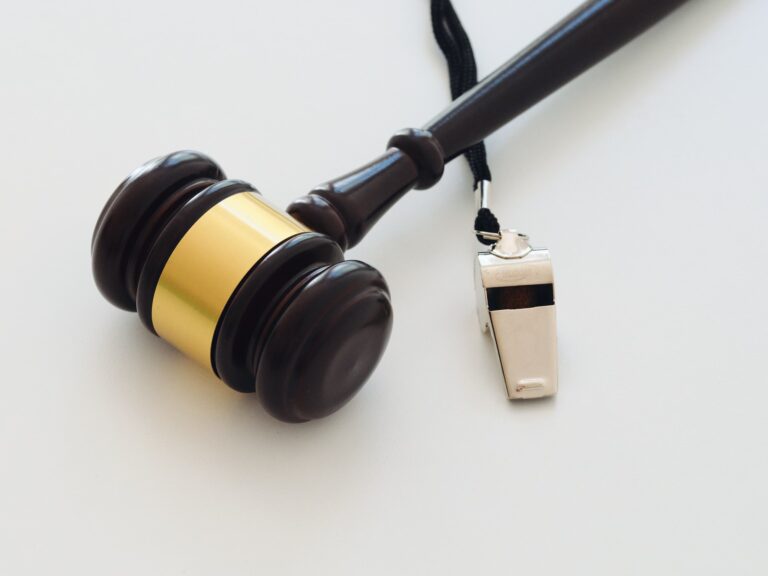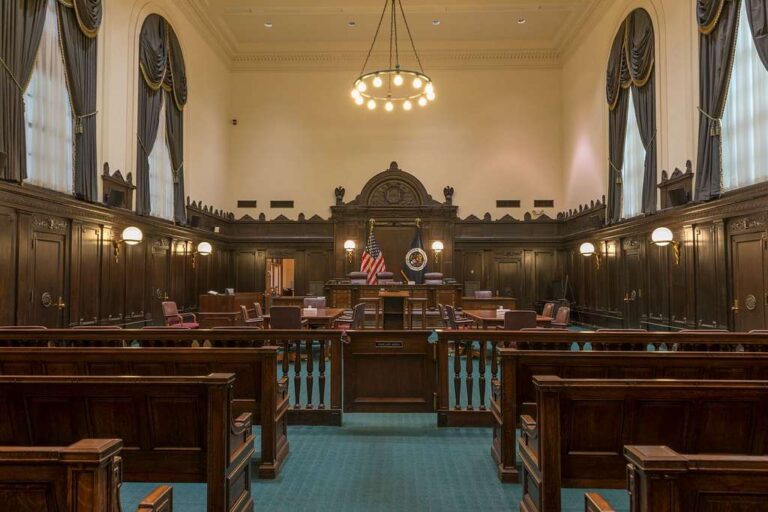The New York Times has published this helpful chart regarding which federal employees must still attend work during the government shutdown – because they are “essential to the protection of life and property and to national security” or fall under other exceptions – and which are instructed to stay home.
More than 800,000 out of the federal government’s 2 million employees may be furloughed. Some departments, such as the Departments of Defense, Homeland Security and State, will furlough only a small proportion of their workers because their missions are so closely tied to national security. Other offices and programs, such as the Consumer Financial Protection Bureau and the Affordable Care Act, will continue because their appropriations largely do not come from the annual budget process.
Yet, when those who continue to work will get paid for this time remains unclear. The Office of Management and Budget has said that “all excepted employees are entitled to receive payment for obligations incurred by their agencies for their performance of excepted work” during the shutdown. But, these payments will not occur until after Congress passes an appropriations bill – in other words, until the shutdown is resolved. Consequently, many federal workers could be waiting weeks or months before receiving their paychecks, even if they are required to continue working.
What about employees who are furloughed? According to the Congressional Research Service, “Federal employees who have been furloughed under a shutdown historically have received their salaries retroactively.” Yet, there is no guarantee that Congress will appropriate money to pay furloughed workers this time. Interestingly, according to the New York Times, “Members of Congress [themselves] . . . are deemed essential and would continue to be paid.”






Daily News & Commentary
Start your day with our roundup of the latest labor developments. See all
December 2
Fourth Circuit rejects broad reading of NLRA’s managerial exception; OPM cancels reduced tuition program for federal employees; Starbucks will pay $39 million for violating New York City’s Fair Workweek law; Mamdani and Sanders join striking baristas outside a Brooklyn Starbucks.
December 1
California farmworkers defend state labor law, cities consider requiring companies to hire delivery drivers, Supreme Court takes FAA last-mile drivers case.
November 30
In today’s news and commentary, the MSPB issues its first precedential ruling since regaining a quorum; Amazon workers lead strikes and demonstrations in multiple countries; and Starbucks workers expand their indefinite strike to additional locations. Last week, the Merit Systems Protection Board (MSPB) released its first precedential decision in eight months. The MSPB had been […]
November 28
Lawsuit against EEOC for failure to investigate disparate-impact claims dismissed; DHS to end TPS for Haiti; Appeal of Cemex decision in Ninth Circuit may soon resume
November 27
Amazon wins preliminary injunction against New York’s private sector bargaining law; ALJs resume decisions; and the CFPB intends to make unilateral changes without bargaining.
November 26
In today’s news and commentary, NLRB lawyers urge the 3rd Circuit to follow recent district court cases that declined to enjoin Board proceedings; the percentage of unemployed Americans with a college degree reaches its highest level since tracking began in 1992; and a member of the House proposes a bill that would require secret ballot […]